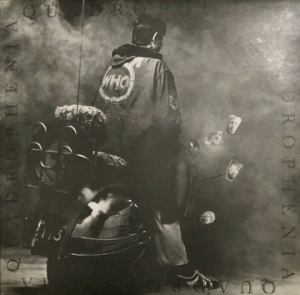 More of the Music of Led Zeppelin
More of the Music of Led Zeppelin
Reviews and Commentaries for the Music of Led Zeppelin
Sonic Grade: D
An Audiophile Hall of Shame pressing and another Classic Records Rock LP badly mastered for the benefit of audiophiles looking for easy answers and quick fixes.
Tonally correct, which is one thing you can’t say for most of the Zeps in this series, that’s for sure. Those of you with crappy domestic copies, crappy imported reissues and crappy CDs, which make up the bulk of offerings available for this recording, probably do not know what you’re missing.
What’s Lost
What is lost in these newly remastered recordings? Lots of things, but the most obvious and bothersome is TRANSPARENCY.
Modern records are just so damn opaque. We can’t stand that sound. It drives us crazy. Important musical information — the kind we hear on even second-rate regular pressings — is simply nowhere to be found. That audiophiles as a group — including those that pass themselves off as champions of analog in the audio press — do not notice these failings does not speak well for either their equipment or their critical listening skills.
It is our contention that almost no one alive today is capable of making records that sound as good as the vintage ones we sell.
Once you hear a Hot Stamper pressing, those 180 gram records you own may never sound right to you again. They sure don’t sound right to us, but we are in the enviable position of being able to play the best properly-cleaned older pressings (reissues included) side by side with the newer ones.
This allows the faults of the current reissues to become much more recognizable, to the point of actually being quite obvious. When you can hear the different pressings that way, head to head, there really is no comparison.
Helpful Test Records
The links below will take y0u to other records that are good for testing some of the qualities that the Classic Records pressing lacks. The Classic will fall short in some or all of the following areas when played head to head against the vintage pressings we offer:
- It will tend to lack Ambience, Size and Space.
- It will tend to have more Compression.
- It will tend to lack Energy.
- It will tend to have more Smear.
- It will tend to lack Transparency.








